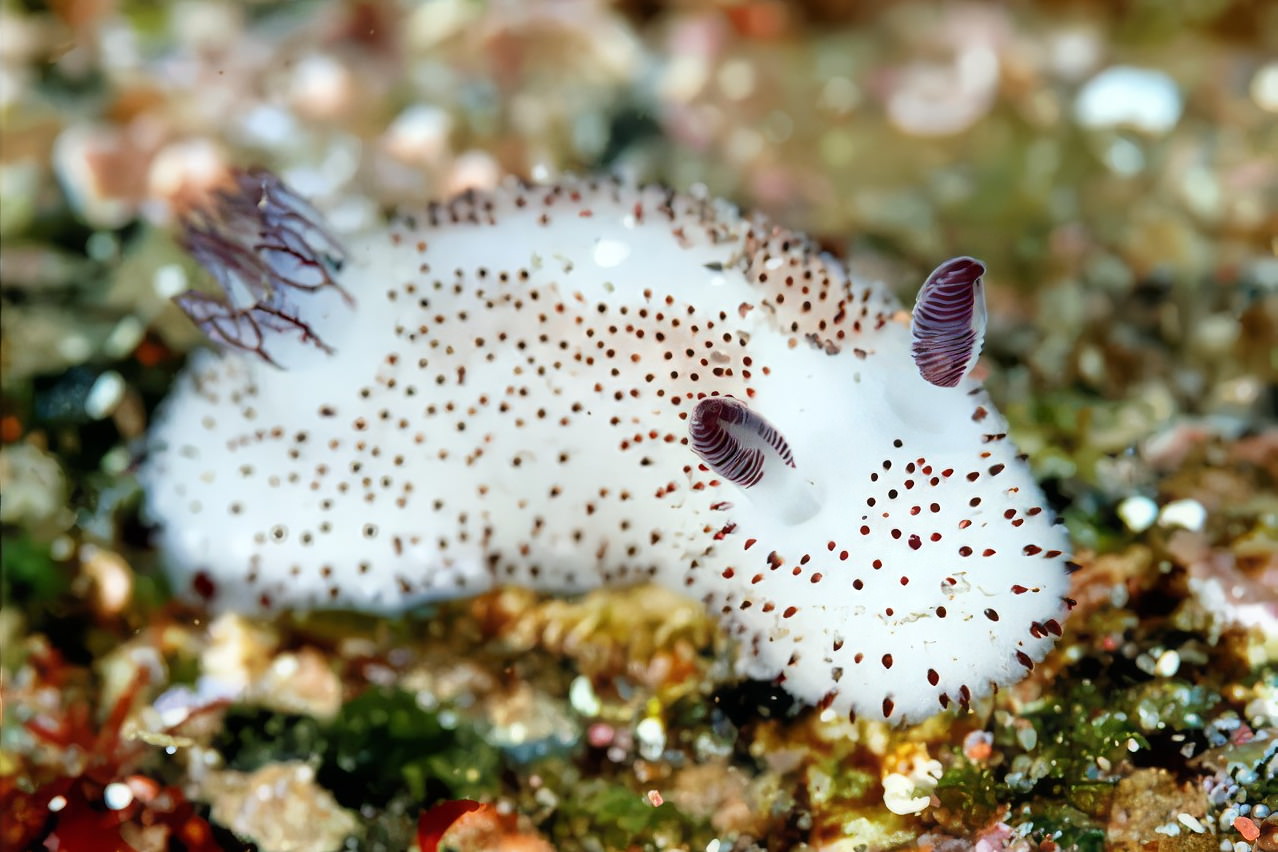In the depths of the ocean, a peculiar group of creatures known as sea bunnies or sea slugs have captivated the minds of scientists and nature enthusiasts alike. These bizarre marine animals, with their rabbit-like features and otherworldly appearances, have not only inspired the creation of iconic Pokémon characters but also played a pivotal role in groundbreaking research that earned a Nobel Prize. 🏆
🐇 The Quirky Sea Bunnies
At first glance, one might mistake these creatures for actual rabbits, with their long antennae resembling floppy ears and their furry appearances. However, these fascinating sea slugs, or nudibranchs, are a diverse group of mollusks that have shed their shells and evolved into a kaleidoscope of vibrant colors and mesmerizing shapes. 🌈
Among the most captivating sea bunnies are the members of the order Anaspidea, commonly referred to as sea hares. These creatures, like the California sea hare and the black sea hare, can grow to astonishing sizes, with some reaching lengths of up to 99 centimeters (39 inches) and weighing a whopping 14 kilograms (31 pounds)! 😲
🐰 Peculiar Mating Rituals
But it’s not just their appearance that sets sea bunnies apart; their mating rituals are equally intriguing. During breeding season, these creatures engage in a fascinating phenomenon called the “mating train.” Sea hares release pheromones that attract nearby individuals, resulting in a line of slugs linking together in a chain-like formation. 🚂
In this unique arrangement, the leading sea hare becomes the mother, while the one at the end serves as the father. Remarkably, all the individuals in between play the dual role of both mother and father, simultaneously receiving and depositing eggs. This highly efficient reproductive strategy allows sea bunnies to produce millions of eggs, ensuring the continuation of their species. 🥚
🧠 Unlocking the Secrets of Memory
Beyond their captivating appearances and quirky behaviors, sea bunnies have played a pivotal role in one of the most groundbreaking neuroscience discoveries of our time. In 2000, Dr. Eric Kandel, a neuroscientist at Columbia University, was awarded the Nobel Prize in Physiology or Medicine for his pioneering research on the molecular mechanisms underlying memory formation. 🔬
Kandel’s research utilized the humble California sea hare as a model organism due to its relatively simple yet capable nervous system. With only around 20,000 neurons (compared to the billions found in the human brain), the sea hare’s large and easily observable neurons made it an ideal subject for studying the cellular and molecular changes associated with learning and memory formation. 🔍
🐲 The Blue Dragon: A Fierce Sea Bunny Foe
Among the remarkable sea bunnies is a creature so otherworldly that it seems to belong to a different planet entirely – the blue dragon. This captivating nudibranch, with its vibrant blue and silver coloration, intricate appendages resembling wings and fingers, and graceful movements on the ocean’s surface, is a sight to behold. 🐉
Surprisingly, the blue dragon’s primary prey is the Portuguese man-o-war, a highly venomous siphonophore. After consuming these stinging creatures, the blue dragon stores their venom-filled nematocysts in its fingertips, using them as a formidable defense mechanism against potential predators. 🦂
🌍 Marvels of Nature’s Diversity
The world of sea bunnies is a testament to the incredible diversity and ingenuity found in nature. From their whimsical appearances and unique reproductive strategies to their invaluable contributions to scientific discoveries, these marine marvels continue to captivate and inspire us. 🌊
As we delve deeper into the mysteries of the ocean, who knows what other fantastical creatures await discovery? Perhaps the next Nobel Prize-winning research will emerge from the study of these enigmatic sea bunnies, further unveiling the wonders of the natural world. 🔍
Copyright © 2025 Hea1th.net

